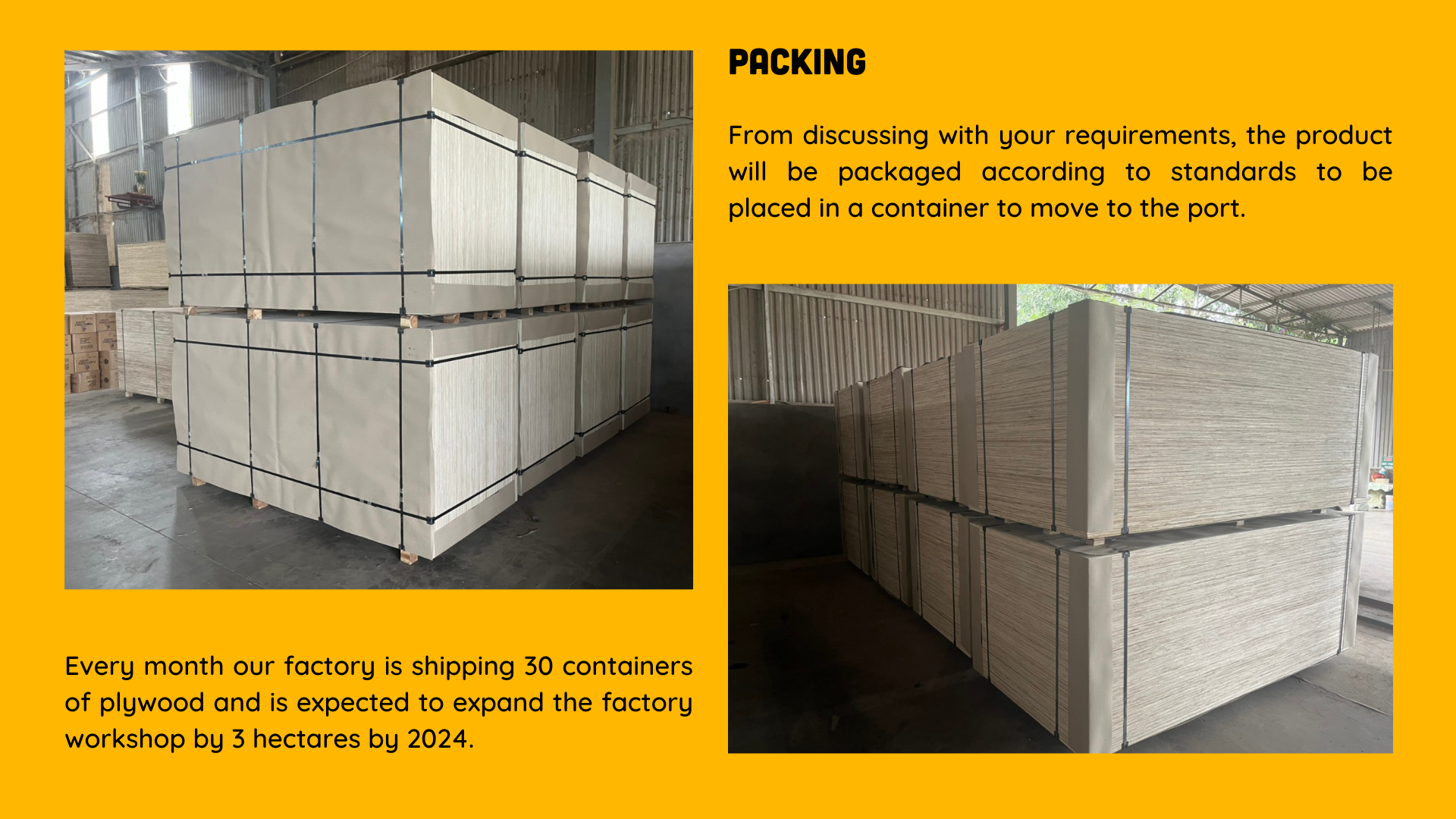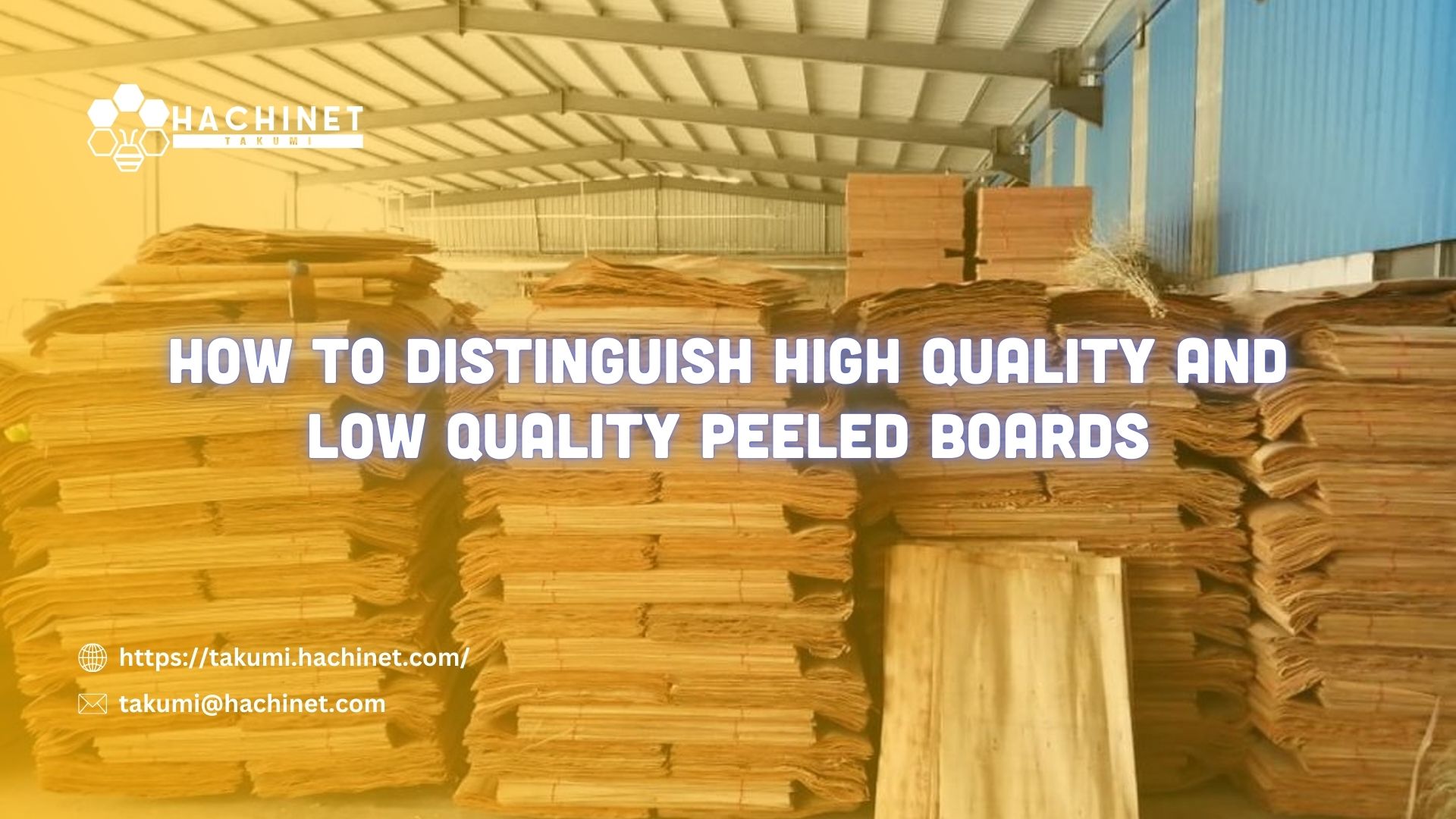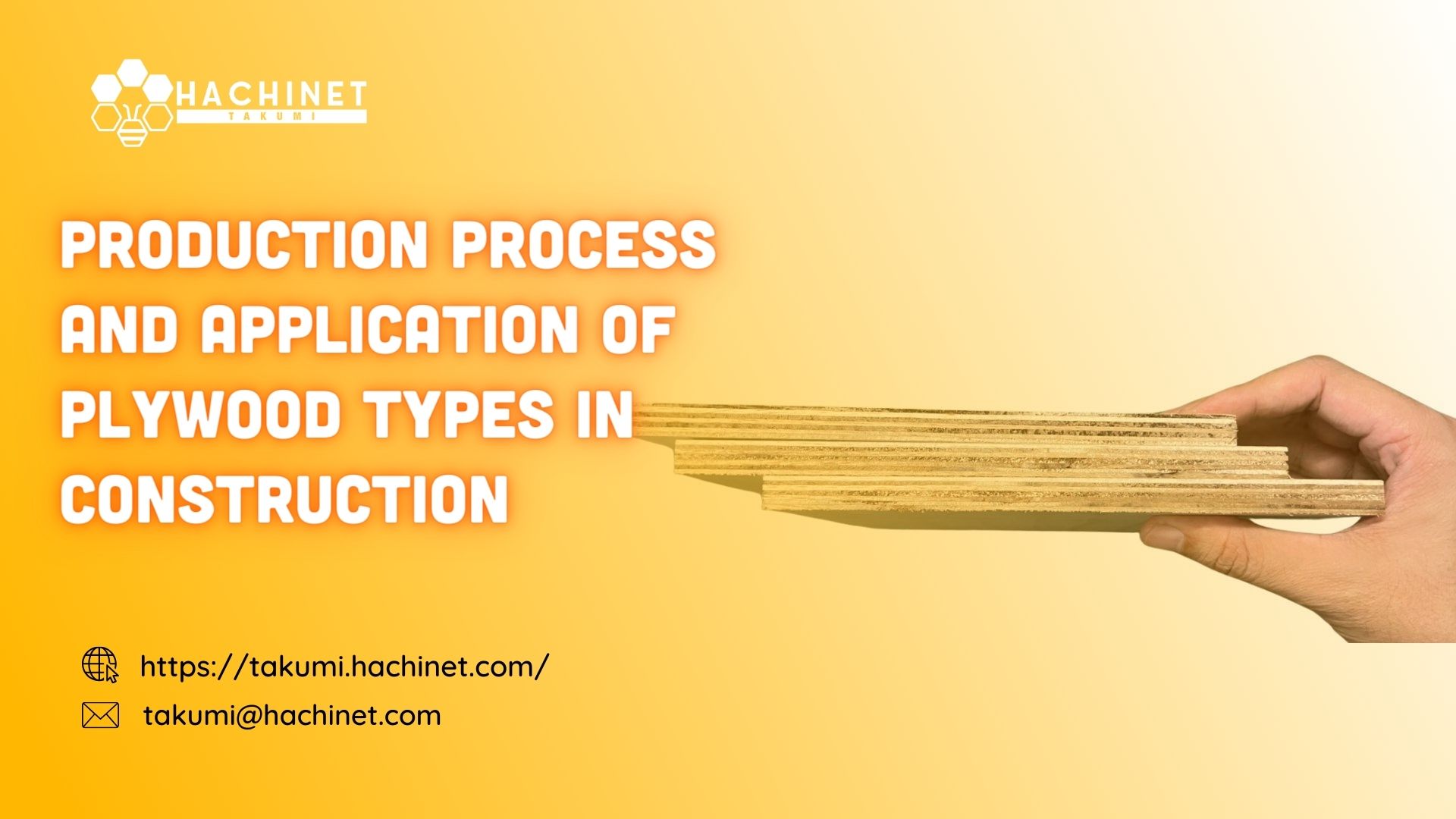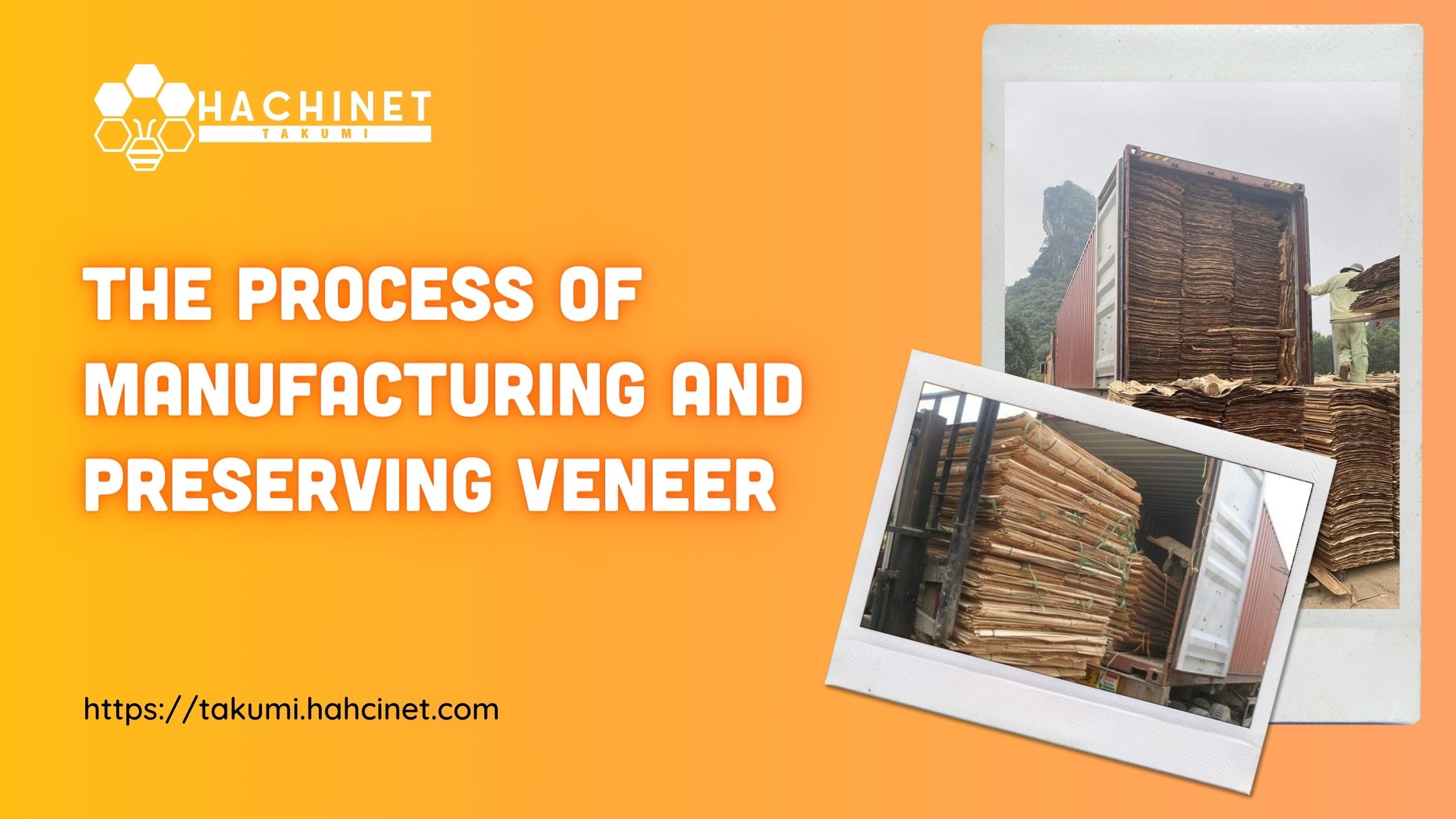Step-by-Step Guide: Importing Plywood from Vietnam to International Markets

As Vietnam continues to establish itself as a leading exporter of plywood products, importers worldwide are increasingly turning to Vietnamese suppliers for their plywood needs. In this comprehensive guide, we'll walk you through the step-by-step process of importing plywood from Vietnam to international markets, covering everything from finding reliable suppliers to navigating customs clearance procedures.
1- Research and Supplier Identification:
- Start by conducting thorough research to identify reputable plywood suppliers in Vietnam. Utilize online directories, trade portals, and industry networks to compile a list of potential suppliers.
- Evaluate suppliers based on criteria such as product quality, certifications (e.g., FSC certification for sustainable sourcing), manufacturing capabilities, production capacity, and export experience.
- Reach out to shortlisted suppliers to request product samples, pricing quotations, and detailed information about their manufacturing processes and quality control measures.
2- Negotiation and Contracting:
- Initiate negotiations with selected suppliers to discuss pricing, payment terms, delivery schedules, and other terms and conditions.
- Clearly outline your requirements, including product specifications, packaging preferences, and any customization needs.
- Once terms are agreed upon, formalize the arrangement by signing a contract that outlines the rights and obligations of both parties, including quality standards, delivery timelines, and dispute resolution mechanisms.
3 - Quality Assurance and Product Inspection:
- Prior to shipment, arrange for a pre-shipment inspection to ensure that the plywood meets your quality standards and specifications.
- Hire reputable third-party inspection agencies or engage your own quality control team to conduct comprehensive inspections of the plywood products, including dimensional accuracy, surface finish, strength, and compliance with applicable standards and regulations.
4 - Logistics and Shipping Arrangements:
- Coordinate with your supplier to arrange for the transportation of the plywood from the manufacturing facility to the port of export.
- Select suitable shipping methods based on factors such as transit time, cost, and the volume of goods being shipped. Options may include sea freight, air freight, or multimodal transportation.
- Obtain necessary documentation, including bill of lading, commercial invoice, packing list, certificate of origin, and any other relevant export documents required by the importing country.
5 - Customs Clearance and Import Procedures:
- Familiarize yourself with the import regulations and customs requirements of the destination country to ensure compliance with applicable laws and regulations.
- Submit the required import documentation to customs authorities, including import permits, customs declarations, and any other relevant certificates or licenses.
- Pay applicable customs duties, taxes, and other import fees as per the customs tariff schedule of the importing country.
- Work closely with customs brokers or freight forwarders to facilitate smooth clearance of the plywood shipment through customs and ensure timely delivery to your designated location.
6 - Receiving and Quality Inspection:
- Upon arrival of the plywood shipment, conduct a final quality inspection to verify that the products match the specifications and quality standards agreed upon with the supplier.
- Inspect the packaging for any signs of damage or mishandling during transit and document any discrepancies or issues for resolution with the supplier or shipping carrier.
- Accept delivery of the plywood products only if they meet your quality requirements and are in satisfactory condition.
7 - Payment and Supplier Feedback:
- Release payment to the supplier as per the terms of the contract upon satisfactory receipt and inspection of the plywood shipment.
- Provide feedback to the supplier based on your experience with the import process, including product quality, delivery performance, communication, and overall satisfaction.
- Maintain open communication with the supplier to address any post-delivery issues or concerns and foster a mutually beneficial long-term business relationship.
Conclusion: Importing plywood from Vietnam to international markets involves a series of steps that require careful planning, coordination, and attention to detail. By following this step-by-step guide, importers can streamline the import process, mitigate risks, and ensure the timely and efficient delivery of high-quality plywood products from Vietnam to destinations worldwide.







